5. Shelly Duval vs. Stanley Kubrick (The Shining)
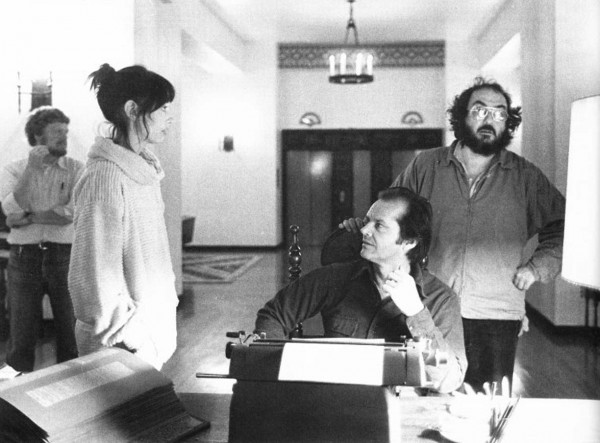
The Making of The Shining, a brilliant short documentary made by Vivian Kubrick, gave a fascinating look behind the scenes of the legendary film. In it you see Jack Nicholson gearing up for his iconic axe-smash, the harrowing work ethic of Stanley Kubrick, and Shelley Duval being put through the paces by the director at virtually every turn.
It’s no secret that Kubrick is a perfectionist when it comes to filmmaking, often demanding numerous takes in order to get the footage he deemed necessary. While this makes for an amazing cinematic experience, it can be hell on the actors who are tasked with repeating the same actions over and over until Kubrick was satisfied. Some actors (such as Nicholson) thrived under these conditions, while others (Duvall) experienced legitimate trauma as a result.
Vivian Kubrick’s documentary shows some of what Duvall went through during The Shining. Kubrick was callous towards Duvall’s suffering to say the least, often barking orders and erupting when Duvall failed to interpret his commands correctly. At one point Duvall appears to faint and the director seems more concerned about the halt in shooting than her well-being. Duvall even stated that she suffered from protracted illness as a result of the stress she experienced during the shoot.
Other actors have also pointed to Kubrick’s calculating character. Malcolm McDowell stated that he was quite close with Kubrick during A Clockwork Orange, only to feel abandoned by the director once shooting was completed. It’s true that art comes with a price and some of the greatest artists in the world lack basic human decency in spite of their genius. While Kubrick appeared to be quite fond of his family and those close to him, the same cannot be said for his actors.
4. Yul Brynner vs. Steve McQueen (The Magnificent Seven)
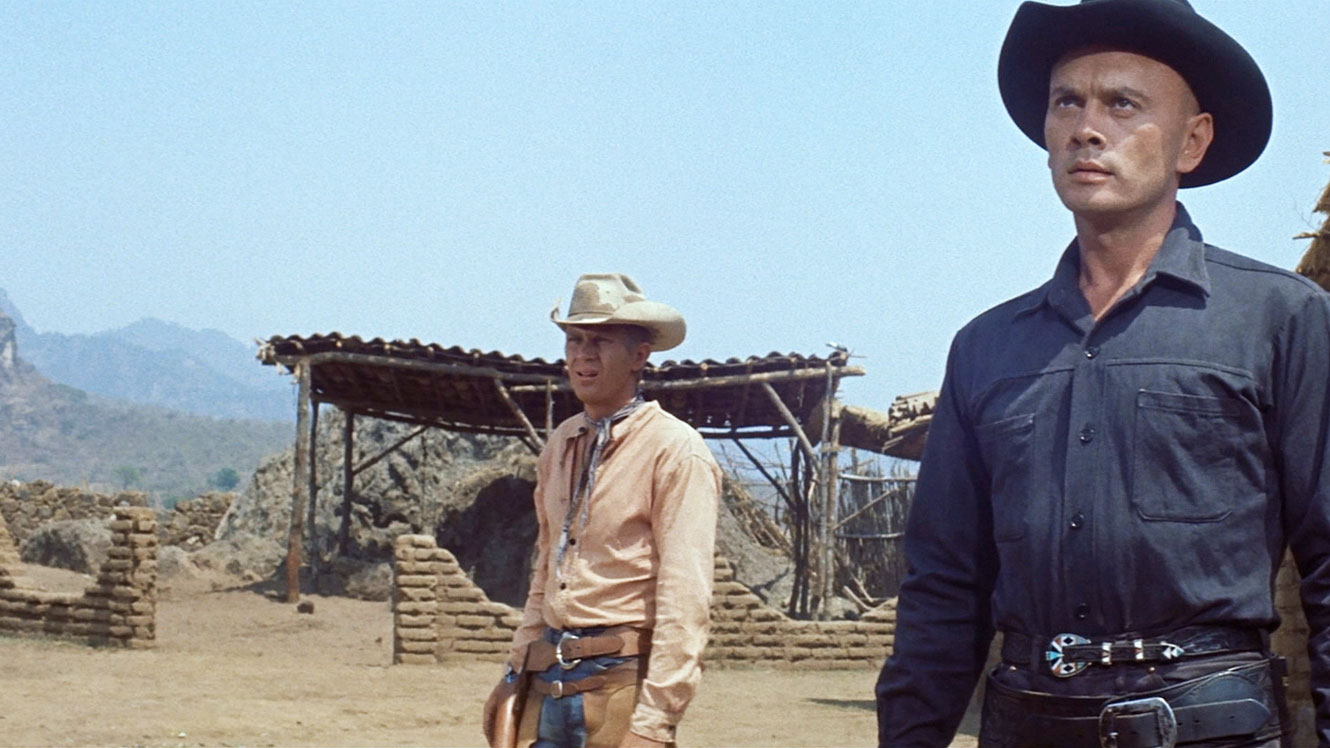
When The Magnificent Seven was made in 1960, Yul Brynner was a bona fide star and Steve McQueen was quickly on the rise. With big stars come big egos, and Brynner and McQueen continuously butted heads during filming in the most hilarious ways.
Actors tend to be sensitive about their height (or lack thereof) and Brynner was no exception. Worried that McQueen might appear taller during filming, Brynner decided to build a mound of dirt for each scene so he could tower over McQueen (even though both actors were roughly the same height). McQueen expressed displeasure for this power play in his own humble way, which entailed kicking at Brynner’s dirt piles whenever he encountered them.
McQueen was just as concerned with screen time as Brynner was with height. As a result, any time the actor was in the background of a scene featuring Brynner he’d attempt to draw attention to himself.
This entailed seemingly casual gestures like checking the sun or shaking shotgun shells. Brynner quickly became aware of McQueen’s methods of distraction, and accordingly hired a set hand to keep track of how many times McQueen touched his cowboy hat when Brynner was speaking.
Despite these occurrences, both Brynner and McQueen seemed to have a tremendous respect for one another. In fact, the two men reconciled shortly before McQueen succumbed to cancer in 1980. Sadly, Brynner also died of cancer just a few years later.
3. Bette Davis vs. Joan Crawford (Whatever Happened to Baby Jane)
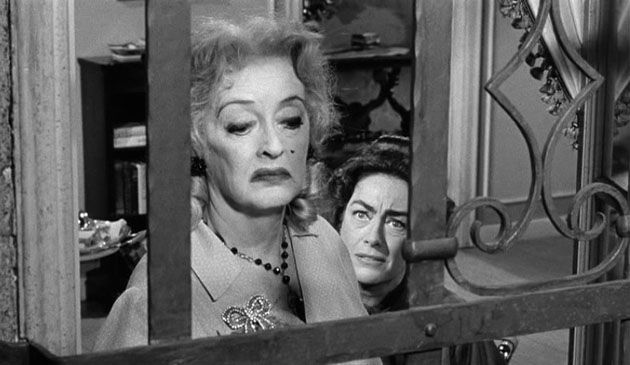
Now we arrive at a real clash of the titans in terms of movie feuds. Bette Davis and Joan Crawford remain movie legends for their work in the golden era of film. Both actresses were highly acclaimed, subject to adoring fans and industry accolades, and both held a searing hatred and contempt for the other that persisted for the duration of their lives.
Many speculate that the origin of the epic feud was none other than Franchot Tone, a beloved co-star of Davis that Crawford eventually got her hooks into. From there the two continuously sniped at each other, with Davis once proclaiming that Crawford bedded every top MGM star save for Lassie, while Crawford openly wondered whether Davis ever had a happy day (or night) due to her dour visage.
This rivalry came to a head during filming of Whatever Happened to Baby Jane. The film centered on two past-their-prime Hollywood stars trapped in a dilapidated mansion, which hewed uncomfortably close to Davis and Crawford in real life.
During a fight scene, Davis was accused of seriously harming Crawford (with some rumors stating that the star required stitches afterwards). In retaliation, Crawford filled her clothing with rocks (or donned a weightlifting belt, depending on who you asked) so that she would be heavier when Davis had to drag her out of bed.
The coup de grace was delivered by Crawford during the 1963 Academy Awards. When Davis was nominated for Best Actress for her role in the film, Crawford arranged to accept the award on behalf of several actresses who were not present. Upon the announcement that Anne Bancroft secured the prize, Crawford side-stepped Davis, much to her horror, and graciously accepted the award.
2. Alfred Hitchcock vs. Tippi Hedren (The Birds)
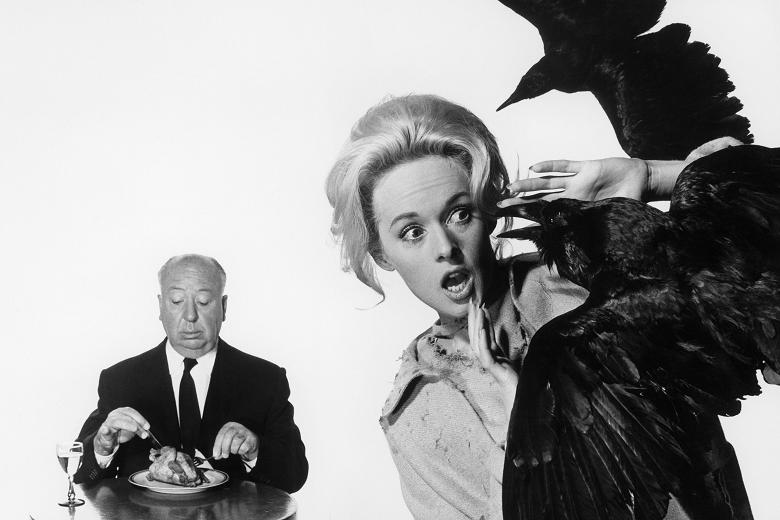
Filmmaking prowess notwithstanding, Alfred Hitchcock was always a bit weird. His obsession with ingénue Tippi Hedren during filming of The Birds diverts starkly from charming eccentricity to genuinely disturbing behavior. While the director was a notorious prankster and a devotee to all things irreverent, his treatment of Hedren took a rather dark turn that remained hidden by the acclaim many had for Hitchcock’s abilities.
The ill-treatment of Hedren occurred both on and off the set. While filming the terrifying attic scene, Hitchcock chose to use live birds instead of the mechanical ones he originally promised. The actress suffered a nervous breakdown as a result, to which Hitchcock cruelly responded. Hitchcock even gifted a young Melanie Griffith (Hedren’s daughter) a miniature doll of her mother placed in a coffin.
Hedren also claimed an element of sexual obsession in her mistreatment, which included instances of stalking and other types of abuse. Co-star Rod Taylor was warned not to actually touch Hedren (even though they were playing love interests), which many interpreted as Hitchcock’s jealousy being displayed. Because she was under contract, Hedren found it difficult to extricate herself from the situation, even appealing to Hitchcock’s wife to no avail.
These days Hitchcock is remembered for his cinematic output as opposed to his bizarre behavior towards Hedren and other leading ladies. One can only wonder if his disturbing and effective films weren’t borne out of some dark inner turmoil that was always brimming under a seemingly civilized veneer.
1. Klaus Kinski vs. Werner Herzog (Aguirre: The Wrath of God)
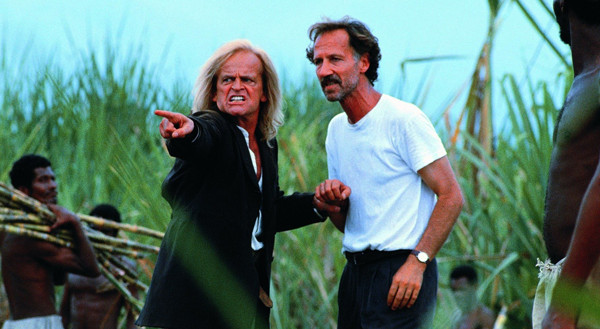
Anyone who’s seen Werner Herzog’s hilarious and illuminating documentary My Best Fiend knows that his relationship with actor Klaus Kinski was complicated, to put it mildly. While Herzog definitely considered Kinski a genius, he also described the actor as a wild man and referred to his numerous attempts at civilizing the “beast” over the course of their working relationship.
The most infamous story occurred during the making of Aguirre: The Wrath of God. As expected, Kinski clashed with cast and crew, and at one point declared his resignation from the film and his immediate departure from the isolated location.
Herzog responded (in his inimitable German lilt no doubt) that if Kinski left the set Herzog would shoot the actor and then himself. This story has evolved into claims that Herzog threatened Kinski at gunpoint, which the director has continuously denied.
The Peruvian natives on set also had enough of Kinski’s behavior, which included a lot of howling and threats of violence when things didn’t go his way. As a result, they offered to dispatch Kinski on behalf of the director. Herzog declined after giving their generous proposal a great deal of thought.
Unlike many of the other feuds listed here, there was a deep level of respect that existed between Herzog and Kinski throughout their lives. Herzog was able to overlook Kinski’s debauched nature (which resulted in accusations of sexual abuse by his two daughters), while Kinski often performed great feats of courageousness so that the director could realize his vision.
This vision was seen in numerous films the two made together, during which Herzog was able to rein in his madman in order to get amazing and memorable performances.
Author Bio: Eustacia Adams is a drinker with a writing problem. She has a degree in film theory and likes to annoy people with her meticulous knowledge of B-movie actors.